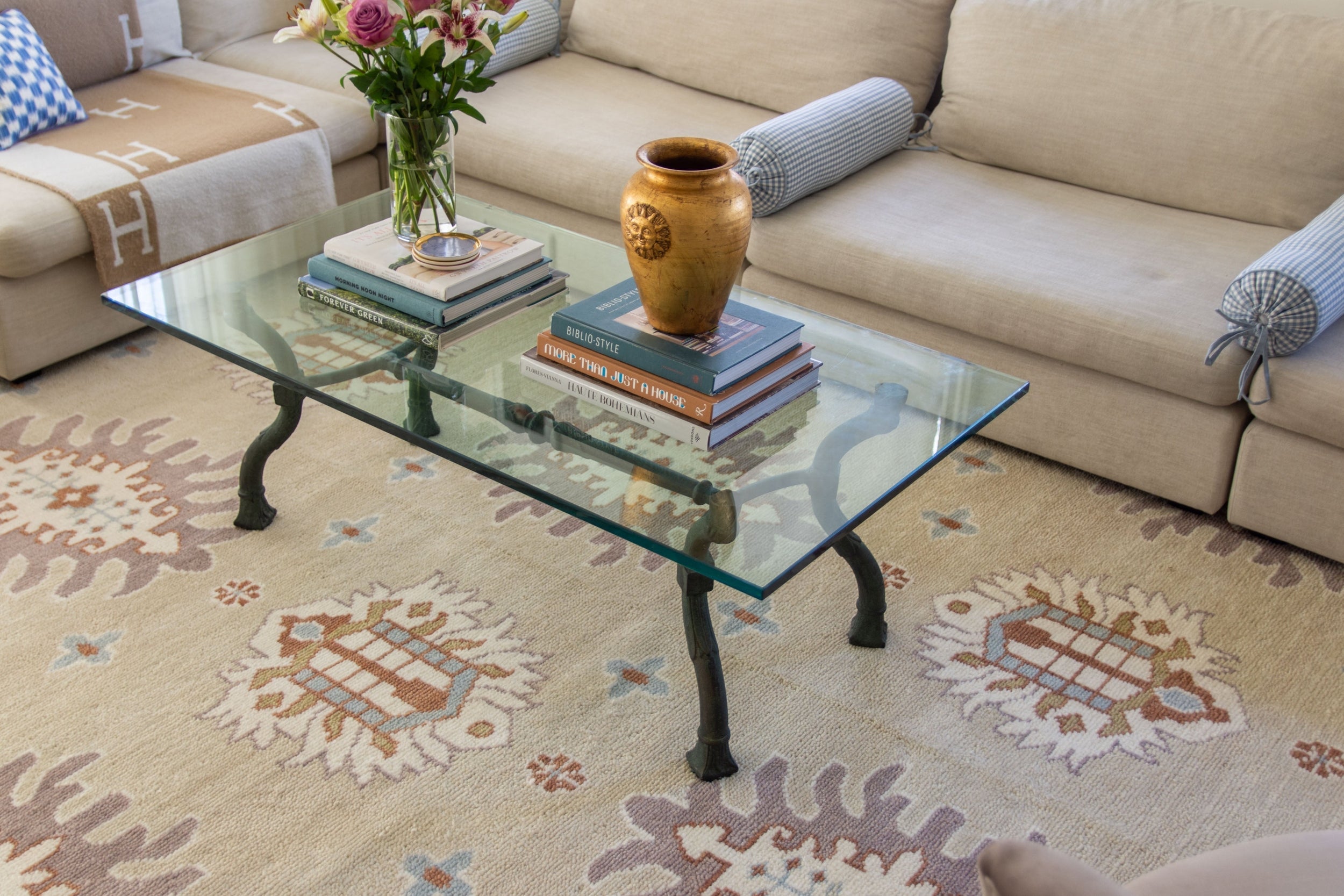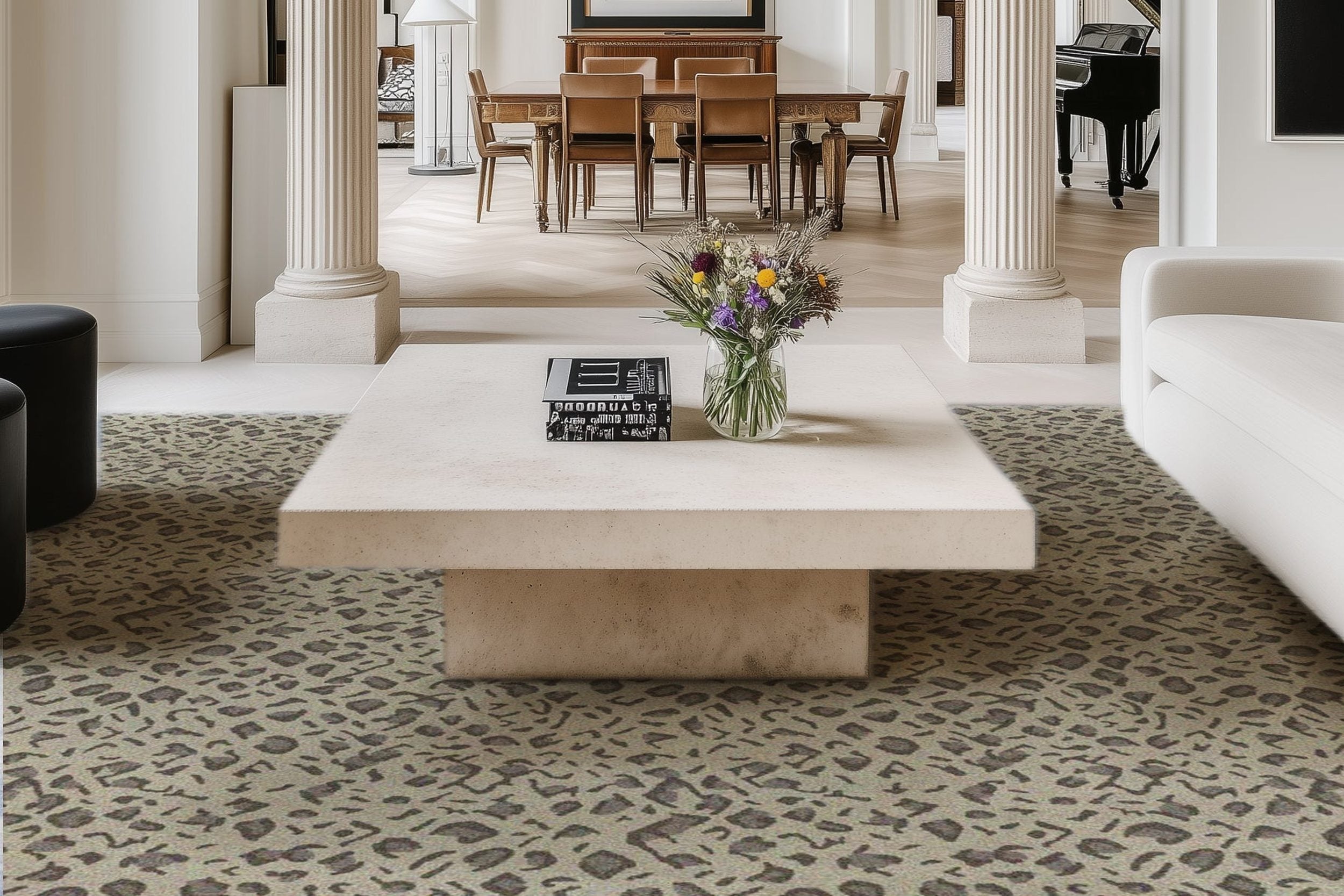The Art of Layering Rugs: How Designers Do It
 Layering rugs is one of those designer tricks that instantly makes a space feel intentional and lived in. It is not about being fancy. It is about adding warmth, texture, and personality in ways a single rug cannot. Whether you are styling a cozy living room or grounding an open space, layered rugs tell a story of comfort and creativity.
Layering rugs is one of those designer tricks that instantly makes a space feel intentional and lived in. It is not about being fancy. It is about adding warmth, texture, and personality in ways a single rug cannot. Whether you are styling a cozy living room or grounding an open space, layered rugs tell a story of comfort and creativity.
Designers love this approach because it feels effortless yet curated, mixing materials, patterns, and tones to create depth. Ready to learn how they do it and how you can too? Let’s unravel the art of layering rugs and bring your floors to life.
Start with the Foundation: Why Cotton Rugs Make the Perfect Base Layer
Every great layered rug look starts with a solid foundation, and that is where cotton rugs come in. Lightweight, flat-woven, and beautifully simple, cotton rugs make the perfect base layer for any room. They sit comfortably under heavier textures like wool or jute without adding bulk. Their clean lines let other patterns shine.
Designers across America, Canada, and Australia love cotton rugs for their versatility. In coastal homes, they bring a breezy, relaxed feel. In modern spaces, they ground the room with softness and structure. They are easy to move, clean, and style, which makes them a favorite for families and design enthusiasts alike.
The best cotton rugs australia has to offer are stunning, locally made options that highlight craftsmanship and sustainability. Whether handwoven by artisans or produced in small batches, these pieces bring warmth and authenticity to your home.
Think of a cotton rug as your style anchor, the quiet hero that ties everything together. Once it is in place, you can layer on texture, color, and personality with confidence. It is simple, timeless, and always a smart first step in creating a beautifully layered space.
Balancing Textures: Mixing Flatweaves with Plush Pile Rugs
Mixing textures in rug layering is a simple yet powerful way to elevate a room. Start with a flatweave or low-pile base rug, something understated so it does not fight for attention.
On top of that, add a plush pile or shag rug to create visual depth. For example, try a clean flatweave under a fluffy high-pile rug, or a jute rug as your foundation, topped with wool for softness.
Designers often say to keep the base low profile and let the top layer bring texture and flair. The flat woven foundation keeps things grounded. In contrast, the plush layer adds coziness and tactile interest. Your space ends up looking curated rather than chaotic.
Playing with Patterns: When to Match and When to Clash
Mixing patterns on rugs is a clever way to bring life into a space. Start by choosing one dominant pattern, perhaps a large, bold geometric rug that anchors the room visually. Then bring in a secondary pattern on a second rug, maybe soft organic curves, a subtle stripe, or a delicate floral. Designers say this hierarchy prevents visual chaos.
For example, imagine a living room with a navy rug featuring oversized hexagons beneath your sofa. On top of that sits a smaller cream rug with thin hand-drawn vines. The geometric pattern holds attention, the vine motif complements without competing, and the color palette ties them together.
Or picture a bedroom with a bold jungle leaf print rug, then a smaller muted check pattern layered on top, scaling the motifs so your eye moves comfortably. The key rules are to pick patterns in the same color family, vary the scale, and decide which one plays lead and which supports.
Colour Coordination: Layering Within a Palette
Getting your rug layers to work together means locking in a color story that feels consistent and intentional. Start by picking a palette, such as soft grays, warm sand, and touches of muted navy.
Then let each rug contribute. The base layer should stay in the neutral zone, and the top layer can add a subtle accent in navy without going overboard. Designers recommend this tonal approach so the room feels cohesive, not chaotic.
You can go full neutral on neutral, too. A cream flatweave underneath, topped with a slightly darker oatmeal rug in the same hue family, allows texture to take the visual lead. For bold contrast, a charcoal base with a rust or terracotta accent rug adds energy while still building on the palette.
To tie everything together, match rug colors with other décor elements such as cushions, ceramics, or wall accents so the rugs are not just floor décor; they are the glue that connects the room.
Proportion & Placement: The Designer’s Guide
Getting the right size and placement for your rugs takes a little intention, but the payoff is huge for how the space feels. A good starting point is to choose a base rug that is large enough to anchor your main furniture, like the sofa and coffee table. Experts suggest extending the base by about 20 to 30 centimeters (8 to 12 inches) beyond the sofa on either side.
For layering:
- Position the top rug fully aligned with the base for a formal look.
- Or try offset placement (top rug shifted slightly or angled) for a relaxed, design-led feel.
- A key rule: avoid rugs that are too small—they’ll look like they’re just floating.
A key rule is to avoid rugs that are too small, as they will look like they are just floating.
Do not forget safety and function. Use a good rug pad or grip to minimize slipping and prevent tripping hazards, especially where one rug overlaps another. With correct proportions and thoughtful placement, your layered rugs will look curated and intentional, not chaotic.
Layer with Intention, Not Perfection
Layering rugs is not about following strict design rules. It is about creating a space that feels warm, personal, and lived in. Start with a solid foundation, play with texture, pattern, and color, and trust your eye for balance. When done with intention, layered rugs do not just decorate your floors. They define your home’s personality.
Browse by Category

Design Projects
Explore interiors from client work and personal renovations — layered, livable, and always in progress.
read more →
Collaborations
From product launches to styled spaces, discover the brand stories I’ve helped bring to life.
read more →
The Notebook
A growing archive of iconic designers, inspiring artists, and unforgettable design moments.
read more →
Travel by Design
Wander with a designer’s eye — from charming hotels and city guides to visual inspiration abroad.
read more →




